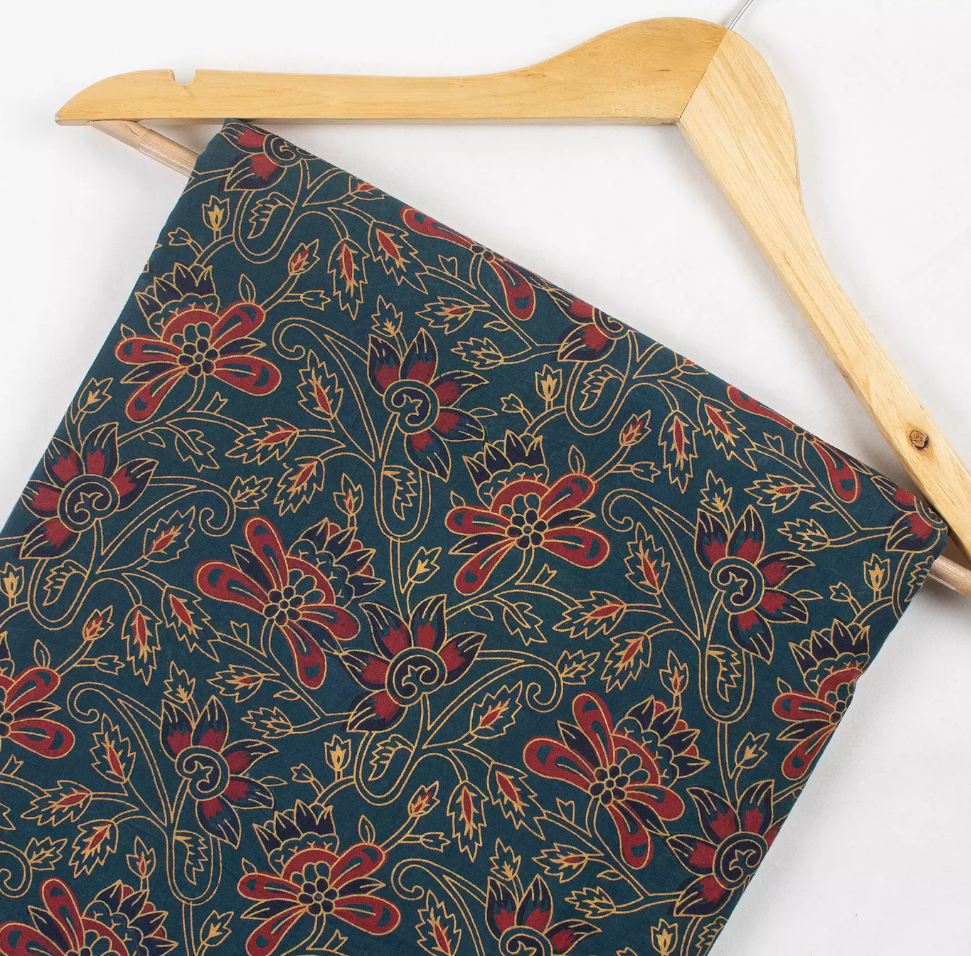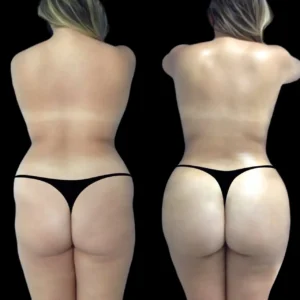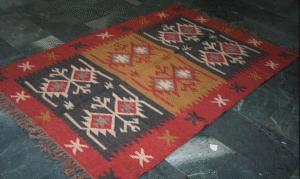
Introduction to Hand Block Printed Fabric
Hand block printed fabric represents a legacy of heritage, precision, and creativity that has thrived for centuries. Crafted by skilled artisans using carved wooden blocks dipped in vibrant dyes, each print tells a story of culture, tradition, and craftsmanship. In today’s world of fast fashion, this intricate and sustainable art form stands as a symbol of authenticity and ethical production. Whether used for fashion, home décor, or accessories, hand block printed fabric offers unmatched charm and uniqueness.
The Origins and History of Hand Block Printing
The roots of hand block printing can be traced back over 4,000 years to ancient India, China, and Egypt. In India, particularly, it flourished under the Mughal Empire and became synonymous with states like Rajasthan and Gujarat. Cities like Bagru, Sanganer, and Jaipur became epicenters for high-quality block printing techniques. These regions developed distinct styles, patterns, and motifs, deeply inspired by flora, fauna, mythology, and Mughal architecture.
Today, India remains the global hub of hand block printing, not only preserving the original techniques but also infusing them with contemporary design sensibilities.
The Art and Process of Hand Block Printing
1. Carving the Wooden Blocks
Each design begins with a hand-carved wooden block, usually made from seasoned teak or sheesham wood. These blocks are intricately chiseled to perfection, often taking days to complete a single motif. These blocks may include separate ones for outlines, fillers, and detailing.
2. Preparing the Fabric
The base fabric, often cotton, silk, or linen, is washed thoroughly to remove any starch or impurities. It is then dried and stretched tightly on printing tables to ensure a smooth surface for printing.
3. Dyeing and Printing
Using natural or azo-free dyes, the artisan dips the block into the dye and presses it firmly onto the fabric with expert precision. This process is repeated meticulously, block by block, to cover the entire fabric. Multiple blocks may be used for a single pattern, especially when working with multi-colored designs.
4. Drying and Finishing
Once printed, the fabric is dried under the sun and may go through additional treatments such as washing, steaming, or mordanting to fix the colors. The result is a durable, vivid, and eco-friendly fabric.
Types of Hand Block Printed Fabric
1. Dabu Print
Originating from Rajasthan, Dabu printing is a mud-resist technique. A mixture of clay, gum, and lime is applied to parts of the fabric to resist dye, creating unique patterns. The final result is a subtle, earthy, and organic look.
2. Bagru Print
Bagru printing uses natural dyes and a distinct set of motifs like floral, paisley, and geometric patterns. It’s known for its rustic appeal and eco-conscious production.
3. Sanganeri Print
Sanganeri block prints, originating from the town of Sanganer near Jaipur, are celebrated for their intricate floral patterns and use of bright colors on soft white or pastel backgrounds. These prints exude elegance and fine detailing.
4. Kalamkari Print
Though technically a form of hand painting, Kalamkari also employs block printing in parts. It features mythological and religious themes and is commonly used in wall hangings and sarees.
Why Choose Hand Block Printed Fabric?
1. Unmatched Artistry
Each piece of hand block printed fabric is a work of art, handcrafted with attention to detail and passion. The slight variations and imperfections are not flaws but rather signatures of authenticity.
2. Eco-Friendly and Sustainable
The use of natural dyes, sustainable fabrics, and manual labor makes hand block printing one of the most environmentally conscious textile practices. It avoids the massive carbon footprint and pollution associated with synthetic dyeing and machine printing.
3. Ethically Produced
Supporting hand block printing means supporting rural artisans, their families, and the traditional crafts that have been passed down for generations. It ensures fair wages, sustainable livelihoods, and empowerment of artisan communities.
4. Timeless Appeal
From runway fashion to home interiors, hand block printed fabric continues to trend because of its versatility and timeless charm. Whether it’s a bohemian kurta, contemporary cushion cover, or elegant scarf, the fabric adapts to every style and purpose.
Applications of Hand Block Printed Textiles
1. Fashion Industry
Designers worldwide are increasingly turning to hand block printed fabrics for creating unique garments like sarees, kurtis, dresses, shirts, skirts, and dupattas. The blend of traditional techniques with modern cuts creates strikingly fashionable pieces.
2. Home Furnishing
Hand block printed curtains, bedsheets, cushion covers, and tablecloths add an artistic and handcrafted feel to any space. Their vibrant colors and distinctive motifs can transform interiors into soulful, aesthetically pleasing environments.
3. Accessories
Bags, scarves, stoles, and even footwear now feature block printed elements, offering an artisanal touch to everyday accessories.
4. Upholstery and Décor
Luxury interior brands are using hand block printed fabric for sofas, chairs, and wall panels, blending heritage with modern minimalism.
Modern Innovations in Block Printing
While the process remains largely traditional, there has been a conscious integration of contemporary design, color palettes, and sustainable business models. Designers are experimenting with abstract patterns, fusion prints, and digital overlays to make block printed textiles appealing to younger, global audiences.
Moreover, eco-conscious fashion brands now collaborate with artisan clusters to promote ethical, slow fashion, integrating storytelling and transparency into the consumer experience.
Care and Maintenance of Hand Block Printed Fabrics
To ensure the longevity and vibrancy of hand block printed textiles, proper care is essential:
-
Wash separately in cold water
-
Avoid harsh detergents and bleach
-
Dry in shade to prevent color fading
-
Iron on the reverse side
-
Dry clean recommended for silk and premium fabrics
With these precautions, block printed garments and furnishings can last for years, preserving their beauty and softness.
Where to Buy Authentic Hand Block Printed Fabric
It is crucial to buy from reputable sources, ensuring that you are purchasing genuine, artisan-made fabric and not machine-printed imitations. Look for:
-
Certified handicraft cooperatives
-
Fair trade labels
-
Direct artisan marketplaces
-
Boutique designers focused on ethical fashion
Cities like Jaipur, Udaipur, and Ahmedabad offer rich selections, while many ethical e-commerce platforms now ship globally.
Conclusion: A Legacy Woven into Every Thread
Hand block printed fabric is more than just textile—it is heritage, sustainability, and creativity interwoven into every thread. As we move toward conscious living and meaningful consumption, embracing this craft is not only a nod to timeless beauty but also a step toward preserving artisan livelihoods and the planet.





